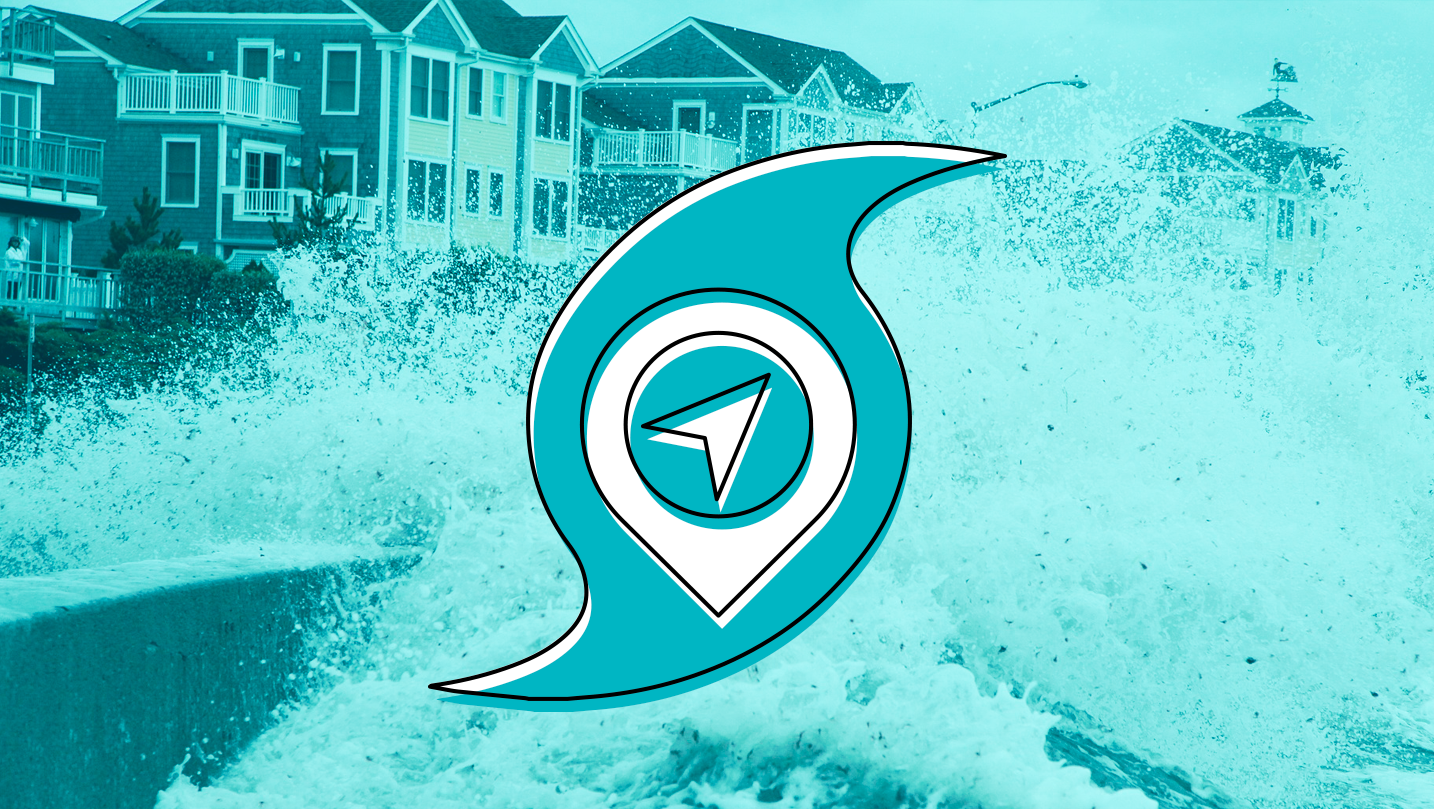Living near Florida’s coast is a blessing – and, during storm season, can be a curse. Obviously, the coastal areas are most at risk of hurricane, flood, and storm surge damage – and at times weather conditions may cause officials to declare mandatory evacuations.
To find out if you are in an evacuation zone (as defined by Florida’s Department of Emergency Management), check out this “Know Your Zone” interactive map. If your home is outside of any “danger” zones, you may still want to create an evacuation route for your family to be well prepared. It’s important to note FEMA reports more than 25% of all flood claims come from outside of high-risk flood areas.
If you are in an official evacuation zone, your region should have an evacuation route clearly marked with blue signs. Become familiar with this route (and alternatives) now before hurricane and storm season swings into action. You and all drivers in your household should drive the route several times without any help from GPS and become familiar with landmarks so everyone knows how to get to safety during an emergency.
Additionally, VYRD is a big fan of weather and emergency apps (see full list here). A few that will help with evacuations include:
Florida Storms App – Includes live streams from the Florida public radio Emergency Network, geo-targeted weather feeds, news and traffic alerts, and forecast models.
Florida 511 App – For Florida’s up-to-the-minute, real-time traffic conditions and incident information.
Gas Buddy – To help you find the cheapest gas station near you and save
Waze – This navigation assistant will help you through an evacuation and will help you miss trouble spots when driving after a storm. Remember to never drive through flooded areas or standing water.
If you or a loved one have a disability or a special need such as a medical condition, it’s vital that you register with your local emergency management office. This way, you can receive the best help during an evacuation or other emergency.
Of course, your pets are part of the family so be sure to include them in your evacuation plans. Have pet food and medicine ready to go in your emergency supply kit and know all the pet-friendly shelters and hotels within 100 miles (note that hotels are not legally obligated to accept pets during a storm).
If an emergency evacuation happens at night or when everyone is at home, be sure to walk the family through your exit plan, what to grab quickly on their way out, and what to leave behind. If an emergency happens during school or work hours, understand those evacuation plans (including child pick-up policies), and set meet-up locations for each family member. Be sure to practice getting to meet-up locations and finding each other. Practice the entire evacuation plan regularly as you may need to tweak your plan to meet different needs and changes in your family.
Having a family emergency communications plan is another crucial part of being hurricane-ready in Florida. Take a look at this article from VYRD for great tips on just how to do that so your family is ready for (nearly) anything Mother Nature may throw our way.
